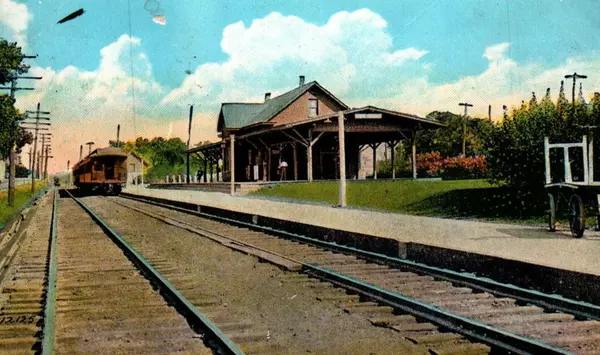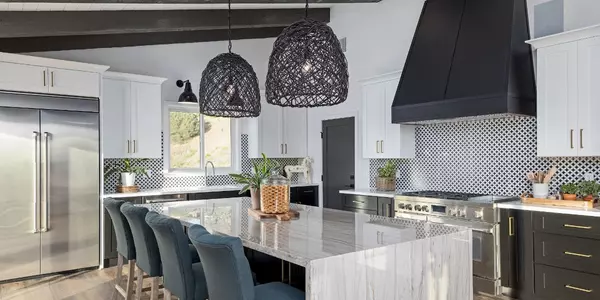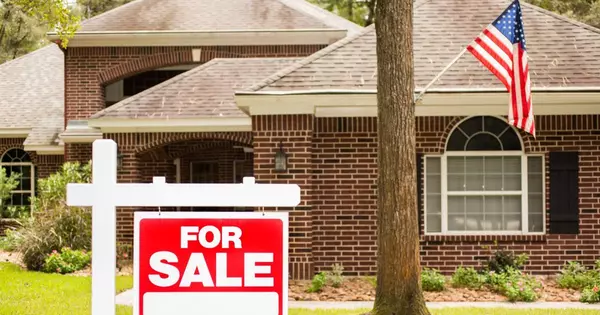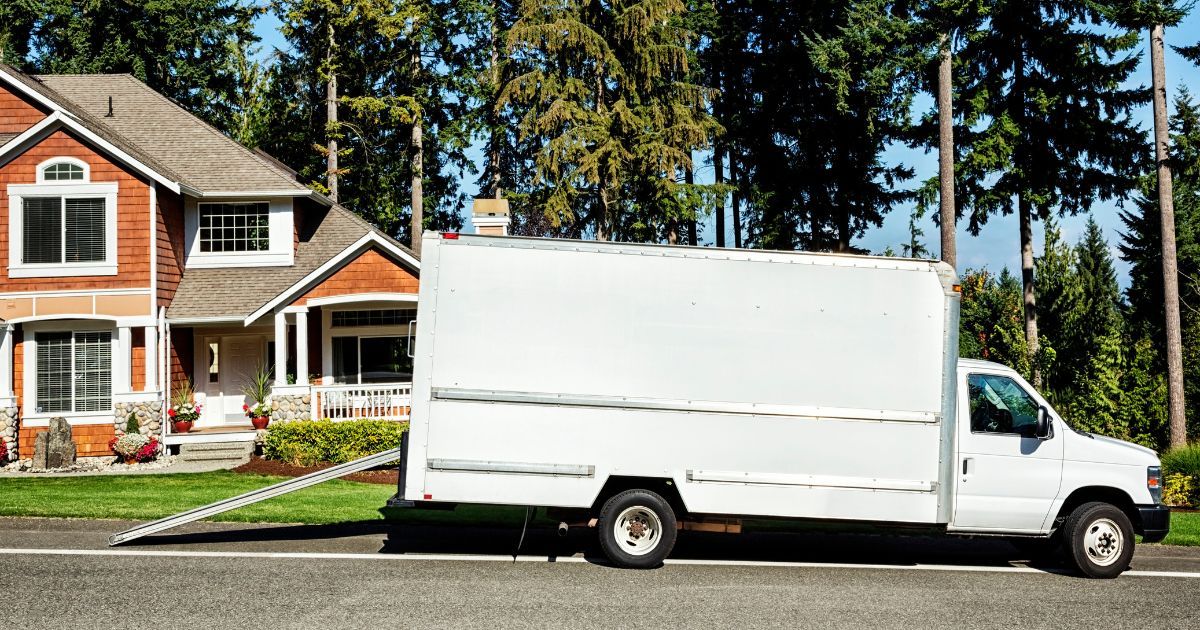Making the Move from the City to the Suburbs
Is Suburban Life Calling Your Name?
Whether it’s for more space, better schools, or a quieter environment, many city dwellers are making the move to the suburbs. But transitioning from an urban lifestyle to suburban living comes with big changes—and big decisions.
Before you pack up your apartment keys and trade your skyline view for a backyard, it’s important to understand what to expect. Let’s break down the key factors to consider so you can make the move with confidence.
1. More Space, But More Responsibility
One of the biggest perks of suburban living is more space—inside and out. Larger homes, bigger yards, and garages are common, but with that extra room comes extra responsibility.
Things to keep in mind:
- 🏡 Larger homes require more upkeep – Cleaning, maintenance, and repairs become part of homeownership.
- 🌳 Lawn care & landscaping – Unlike city living, where maintenance is handled for you, a suburban home often means mowing the lawn and seasonal upkeep.
- 🛠️ Home improvement projects – Want to upgrade your home? Unlike renting, homeownership means you’re responsible for renovations and fixes.
Suburban life can offer more comfort and convenience, but it also requires a shift in mindset—especially if you’re used to a low-maintenance city apartment.
2. Commute & Transportation: A Major Shift
Moving to the suburbs can mean a longer commute—or even a complete shift in how you get around.
🚘 Will you need a car? Many suburbs lack the extensive public transit options of big cities, making car ownership a necessity.
🕒 How long will your commute be? If you still work in the city, consider how much time you'll spend commuting and whether public transit is an option.
🚉 Check commuter options. Some suburban areas have great train and bus access, while others require a drive to the nearest station.
Before making the move, test out potential commutes to see what fits your lifestyle best.
3. The Cost of Living: More Home for Your Money
Generally, suburban homes offer more space at a lower price per square foot than city properties, but costs can vary based on location.
Consider these key financial factors:
- 💰 Property taxes & HOA fees – Some suburbs have higher taxes or homeowners’ association (HOA) fees, which can impact affordability.
- 🛒 Cost of groceries & services – While some suburbs are more affordable, certain essentials may cost more than in a city.
- 🚗 Transportation expenses – If you’re driving more, factor in gas, insurance, and vehicle maintenance.
It’s important to compare your current city expenses with the potential costs of suburban living to get a full picture of your budget.
4. Schools & Family Life: A Big Bonus for Parents
If you have kids (or plan to), moving to the suburbs often means access to higher-rated schools and a more family-friendly environment.
🏫 Better public schools – Many suburban districts offer strong educational programs and resources.
🌳 More outdoor space – Parks, playgrounds, and larger yards provide more opportunities for kids to play and explore.
👨👩👧 Community & family activities – Suburbs tend to have more family-oriented events and amenities, making it easier to build relationships with neighbors.
Be sure to research school districts and local activities to find the right fit for your family’s needs.
5. Lifestyle Changes: Slower Pace, More Privacy
Life in the suburbs comes with a different social and cultural experience than the city.
- 🌆 Less nightlife & entertainment – Cities are known for their restaurants, bars, and events. Suburban areas may have fewer options, so be ready for a quieter pace.
- 🤝 Stronger sense of community – With fewer people and more neighborly interaction, many suburbs foster a tight-knit community feel.
- 🛍️ More big-box stores, fewer boutique shops – While cities have endless unique shopping options, suburbs often rely on larger retail stores.
For some, these changes are refreshing. For others, they take time to adjust to—so think about what’s most important to your lifestyle.
Final Thoughts: Is the Suburban Life Right for You?
Moving from the city to the suburbs is a big transition, but it can be the perfect step if you’re craving more space, better schools, and a different way of living.
✔️ Consider your commute, cost of living, and lifestyle preferences.
✔️ Research school districts and neighborhood amenities.
✔️ Think about how much space and responsibility you’re ready for.
Ultimately, the right move depends on your priorities and long-term goals.
Thinking About Moving? Let’s Talk.
If you’re considering making the move to the suburbs, I can help you find the right home in the right neighborhood.
🔹 Let’s make your move as smooth as possible! 🚀🏡
Categories
- All Blogs (48)
- Baby Boomers (2)
- Beaches (5)
- Demographics (1)
- Distressed Properties (1)
- Down Payments (3)
- Featured (4)
- First Time Home Buyers (10)
- For Buyers (25)
- For Sellers (24)
- Foreclosures (1)
- Generation X (3)
- Golf (1)
- Holidays (3)
- Housing Market Updates (8)
- Infographic (4)
- Interest Rates (5)
- Lifestyle (9)
- Local Attractions (9)
- Move-Up Buyers (13)
- New Construction (2)
- Pricing (10)
- Rent vs. Buy (5)
- Selling Myths (8)
- Senior Market (3)
- Things to Do (6)
Recent Posts











R.E. Associate Broker | License ID: 10301221652
+1(631) 257-1522 | kenville@listingsoflongisland.com

